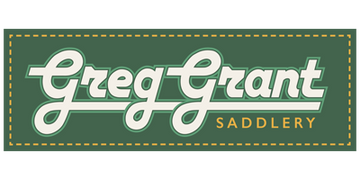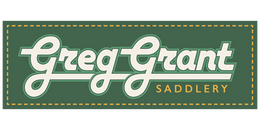Sorry, your age does not permit you to purchase this item.
Rebooting the Routine - Part One: Key Considerations for Reintroducing Your Horse to Work
Getting back into riding after a break can be exciting for both you and your horse, but it is important not to rush things. Getting back into the swing of things too quickly can be risky for your horse’s health and happiness. Instead, taking it slow is key to rebuilding your horse's fitness, muscle tone, and confidence. In Part One of getting your horse back on track, we will go over the essential steps to safely bring your horse back into work, making sure both of you enough a smooth return to riding and preparation for any competitions ahead.
-
Assessing Condition and Health
Before beginning any training regime, it is essential to have a veterinarian conduct a thorough examination of your horse. This examination should include an assessment of their body condition, teeth, skeletal alignment, and any signs of lameness, especially if your horse has been injured. Clearing your horse’s health status ensures that they are physically ready to return to work without risking exacerbating any existing issues.
-
Dietary Considerations
Evaluate your horse’s diet during the layoff period and make necessary adjustments as they return to work. Initially, continue with their maintenance feed intake for walking and trotting stages. As their activity level increases, gradually introduce more hard feeds suitable to each individual, or supplementary fibrous feeds. Consult with your equine nutritionist to develop a suitable feed plan tailored to your horse’s individual needs, considering factors such as size, weight, age, and breed. Any dietary changed should be implemented gradually to minimise the risk of digestive issues like colic.
-
Farrier and Hoof Care
At your next scheduled farrier appointment, take the opportunity to ensure your horses hooves are in top condition for their return to work. Discussing your horse’s exercise plan with your farrier can help tailor their hoof care regimen to suit their needs and activity level. Remember, healthy hooves are key to keeping your horse comfortable and performing at their best!
-
Saddle Fit Assessment
Due to potential weight gain during the layoff period, it is essential to check the fit of your horse’s saddle before getting back into exercise. An ill-fitting saddle can lead to discomfort and even injury. Seek advice from Greg Grant Saddlery’s professional saddle fitter to assess the saddle’s fit and make any necessary adjustments or replacements. A properly fitting saddle is crucial for your horse’s comfort and performance.
Before tacking up for the first time, thoroughly inspect all tack to ensure it is clean, supple, and in good condition. Dirty or brittle tack can cause discomfort and even injury to your horse. Pay attention to the cleanliness and condition or saddle pads and any other equipment used during riding session.
As you and your horse gear up for competitions ahead, it is crucial to approach their return to work with patience and care. Taking it slow not only protects their health, but also sets the stage for a successful performance. By gradually rebuilding their fitness and confidence, you are not just preparing for riding – you are paving the way for a rewarding journey together in and out of the arena.
So, take your time, enjoy the process, and get ready to succeed when the competition day arrives!

